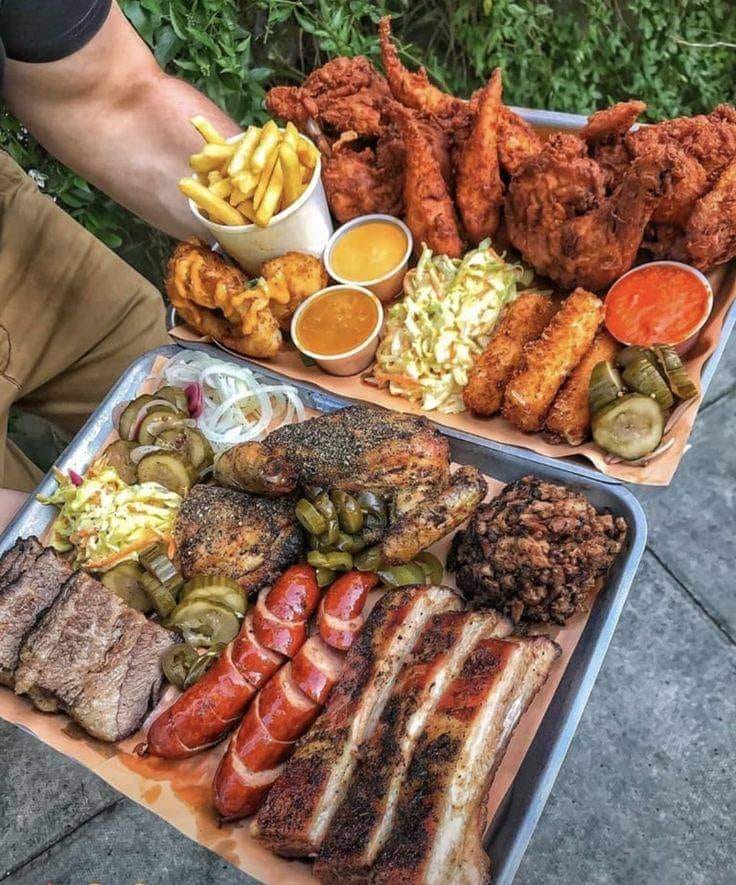- Arrange the Food: Spread your ingredients in a single layer, ensuring they have space between them for even cooking. Avoid overcrowding, which can lead to steaming rather than grilling.
- Stir or Flip Regularly: Use tongs or a spatula to turn your food occasionally for even cooking and to achieve those desirable grill marks.
- Monitor the Heat: Depending on what you’re cooking, you may need to adjust the heat. Delicate items like vegetables or fish usually require a medium to medium-high heat, whereas denser items like thick vegetable slices or meat cubes might need a bit higher heat.
- Use the Lid: Closing the grill lid can help simulate oven conditions, which is great for cooking through thicker items or for a smokier flavor.
Cleaning and Maintenance
- Cool Down: Let the tray cool completely before attempting to clean it.
- Soak: If food residue is stuck, soaking in warm, soapy water can help loosen it.
- Non-Abrasive Cleaning: Use a non-abrasive scrubber to protect non-stick surfaces. For stainless steel or cast iron, a grill brush can be more effective.
- Dry Thoroughly: To prevent rust, especially important for cast iron, ensure the tray is completely dry before storing. Cast iron may also benefit from a light coating of oil after cleaning.
Safety Tips
- Use Protective Gear: Always use grill gloves or oven mitts when handling the hot tray.
- Keep It Stable: Ensure the tray is securely placed on the grill to prevent tipping or sliding.
A grill tray can significantly expand your grilling repertoire, making it easier to experiment with a variety of foods that you might not have been able to grill otherwise. Whether you’re aiming for perfectly charred vegetables, succulent seafood, or flavorful small cuts of meat, a grill tray can be your ally for achieving delicious results.
